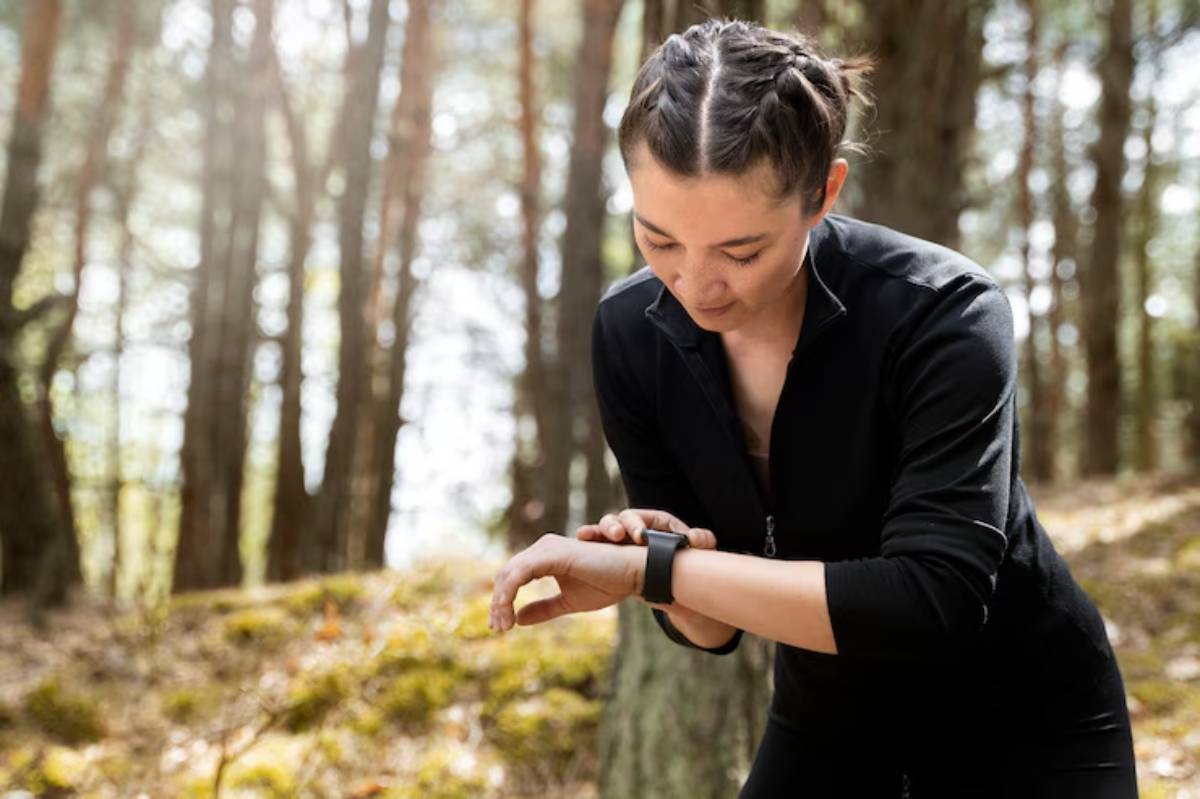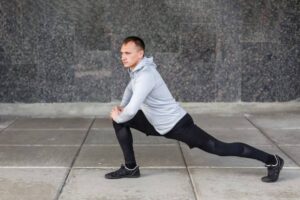The Fitness Blog

How to Track Recovery and Adapt Training Accordingly
Have you ever pushed through a session, only to feel sluggish, sore, or even demotivated the next day? You’re not alone — most fitness enthusiasts, from seasoned athletes to everyday gym-goers, struggle to balance progress with proper recovery.
But what if you could fine-tune your training based on how your body is actually responding?
That’s where fitness recovery tracking comes in. Using simple tools and recovery metrics, you can adjust workouts based on readiness instead of pushing blindly forward.
This guide breaks down everything you need to monitor recovery, listen to your body, and train more effectively, without burnout or injury.
Understanding the Core: Why Recovery Metrics Matter
Your body doesn’t grow stronger during workouts. Growth happens during recovery — that window where muscles repair, the nervous system resets, and energy stores replenish.
If you skip or ignore recovery, you risk:
- Plateauing or regressing
- Increasing your injury risk
- Experiencing hormonal imbalances
- Feeling chronically tired, sore, or stressed
Tracking your recovery helps you:
- Know when to push, maintain, or scale back
- Prevent overtraining
- Improve long-term consistency
- Individualise your routine
Quick Guide: Daily Recovery Tracking Flow
- Track sleep and resting heart rate (RHR) every morning
- Log muscle soreness and mood on a scale of 1–10
- Monitor heart rate variability (HRV) for readiness
- Adjust workouts based on recovery scores
- Reassess weekly patterns and tweak training volume
Step-by-Step Guide: How to Practise Recovery Tracking
1. Start With Baseline Data
Before making adjustments, understand your normal:
- Average sleep (duration and quality)
- Resting heart rate (measured at the same time daily)
- Energy levels and muscle soreness
- Weekly training volume
Track for 1–2 weeks to see what’s “normal” for your body.
![]()
2. Use a Consistent Tracking Tool
Use wearables or apps like:
- Whoop, Oura, or Garmin (for HRV, sleep, RHR)
- HRV4Training or Elite HRV (for deeper nervous system analysis)
- Good old-fashioned journaling
Pro Tip: Always record at the same time each day for consistency.
3. Interpret Key Recovery Metrics
Here’s what to watch:
Heart Rate Variability (HRV)
- High = well-recovered
- Low = under stress, may need a lighter session
Resting Heart Rate (RHR)
- Higher than baseline? It could mean poor sleep, stress, or illness
Sleep Quality & Duration
- Less than 6 hours or fragmented sleep? Recovery will suffer
Muscle Soreness Scale
- 1 (fresh) to 10 (can’t walk) — aim to train smart, not sore
4. Adjust Workouts by Readiness
Instead of sticking rigidly to a plan, respond to your data.
| Recovery State | Suggested Action |
| Excellent | Proceed with intensity or volume increase |
| Moderate | Maintain or perform a technique-focused session |
| Poor | Switch to mobility, walking, or yoga |
If your HRV is low and soreness is high, scale back. If energy is high and metrics align, it’s a green light to push.
5. Schedule Recovery Days Based on Feedback
Rather than guessing when you need a break, let data lead the way. A dip in sleep, HRV, or motivation? That’s a cue.
You can even plan structured days using a full recovery day plan that supports both physical and mental restoration.
Pro Tip: Don’t just look at one metric — combine HRV, sleep, mood, and soreness for the full picture.
Important: Consistency matters more than perfection. One bad night doesn’t mean you need to overhaul your routine.
Warning: Relying too heavily on wearables without listening to your body can backfire. Use tools as support, not as the only voice.
Best Practices & Additional Insights

Make It a Morning Ritual
Tracking doesn’t need to be time-consuming.
Take 3–5 minutes each morning to:
- Log your sleep
- Note your mood and soreness
- Check HRV/RHR if using a wearable
This keeps you in tune with your body and builds long-term awareness.
Use Weekly Reflections
Once a week, review:
- How your metrics looked
- What workouts did you complete
- What helped you feel better or worse
You’ll soon spot trends like “I train better when I sleep 7+ hours” or “Tuesdays need to be lighter days.”
Case Study: James the Weekend Warrior
James works a 9–5 and trains hard on weekends. But DOMS kept ruining his Mondays.
After tracking:
- He noticed his sleep dropped by 2 hours on Friday nights
- His HRV was consistently low on Monday mornings
- He was skipping cooldowns
He adjusted by adding a stretching routine, going to bed earlier on Fridays, and using Sunday as an active recovery day. Within weeks, his Monday performance and mood dramatically improved.
Want to fix post-workout stiffness, too? Learn how to cool down after heavy lifting and protect long-term gains.
FAQs
What is HRV, and why is it important?
Heart Rate Variability (HRV) measures the variation in time between heartbeats. A higher HRV generally means your body is more adaptable and well-recovered.
How can I track recovery without a wearable?
Use a daily journal to log how you slept, your energy levels, soreness, and motivation. You can still spot patterns and make informed adjustments.
Should I train when I feel sore?
It depends. Mild soreness is okay, but severe DOMS paired with fatigue or poor sleep suggests rest or low-intensity movement is best.
How often should I reassess my training plan?
Weekly check-ins are ideal. Look at your recovery trends and adjust volume, intensity, or rest accordingly.
Can recovery tracking help prevent injuries?
Yes. Many overuse injuries result from poor recovery or overtraining. By tracking metrics, you can spot red flags early and adjust.
Train Smarter by Listening to Your Body
Pushing harder isn’t always the answer — sometimes, progress comes from pulling back. With the right fitness recovery tracking system, you can train intelligently, adjust workouts by readiness, and protect your long-term gains.
Whether you’re prepping for a marathon, lifting heavy, or just staying active, recovery metrics give you the edge. They help you work with your body, not against it.
So next time you gear up for a session, ask yourself: how am I really doing today? Then let the data — and your body — lead the way.









